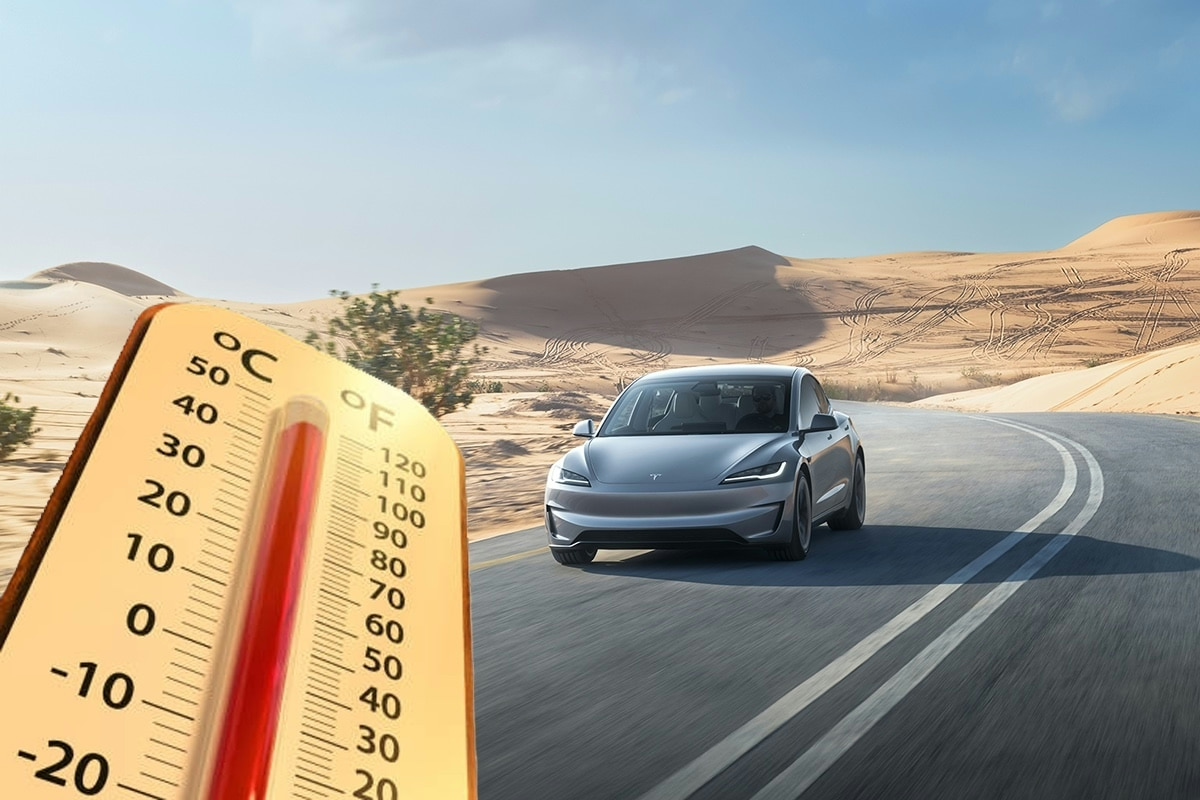Heatwave: what impact on the autonomy of an electric car?

High summer temperatures have an impact on electric vehicles and their range.
While the sun lifts drivers’ spirits, it can cause a drop in battery range. We offer a brief overview of the effects of heat on the performance of electric cars, along with some tips to mitigate them.
Lithium-ion batteries begin to deteriorate around 50 °C and do not tolerate temperatures exceeding 70 °C well. However, these levels are rare under normal usage conditions. The battery temperature depends on both external conditions and driving style. For instance, aggressive driving can raise the temperature more than high ambient heat. Therefore, adopting a gentle driving style helps to preserve the battery’s condition.
Overheating can lead to a temporary decrease in range. This phenomenon is mitigated in models equipped with an efficient cooling system, notably those with a liquid circuit. This is true for many electric cars like those from Tesla, Hyundai, Kia, or Audi. However, some technologies, like BYD’s Blade battery, limit the positive effects of internal cooling.
Air Conditioning: Ally or Enemy?
It is no secret that using air conditioning reduces range in electric and combustion engine cars alike. On a journey of more than 100 km, a loss of up to 10% can be observed due to air conditioning. However, it should not be avoided, especially during heatwaves, which can impair driver alertness. A reasonable use is recommended: it’s better to ventilate the occupants than to direct the airflow solely towards the windshield. Furthermore, newer vehicles generally have reversible heat pumps, which provide a good balance between comfort and energy efficiency.
In extreme heat, charging speed may decrease. To protect the battery, systems automatically reduce charging power when the temperature becomes too high. The charging stations themselves can also be affected, especially if they are not well ventilated. It is advisable to prefer charging early in the morning or at night, when temperatures are cooler. For daytime stops, covered stations or underground parking offer better charging conditions.
This page is translated from the original post "Canicule : quel impact sur l’autonomie d’une voiture électrique ?" in French.
We also suggestthese articles:
Also read





